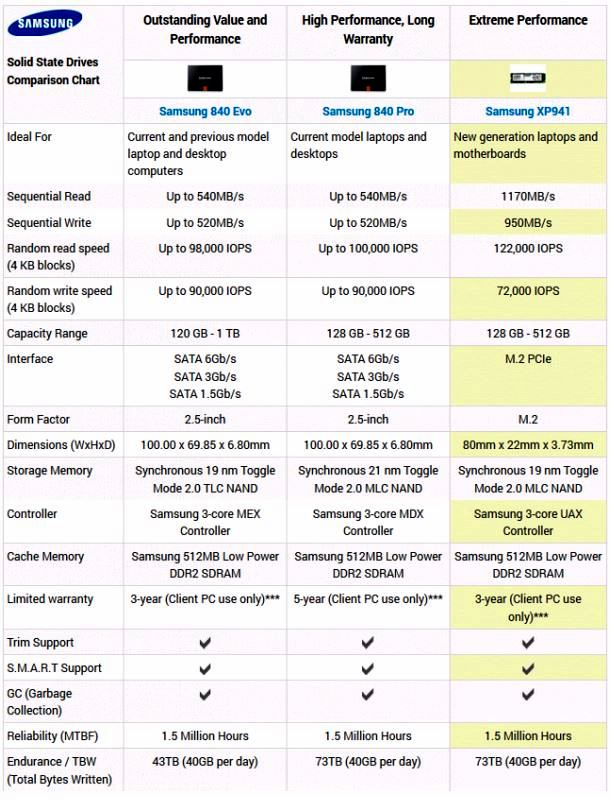
Search Products
Browse by Category
Useful Links
- Windows Update 23H2 Slows Computer - Alert
- Business Finance Options
- Refferal program
- Computer Support
- Customer Testimonials
- How To: Choose Laptop Model
- Flexicharger
- Tips and tricks
- Initial Computer Setup Recommendations
- Computer Tweaks
- Hardware Testing Your PC
- Tips for Dragon NaturallySpeaking
- DNS hacks
- Dragon NaturallySpeaking Cheat Sheet
- Ideas, tips and options for increasing your computability
- How do I make my computer better for photo editing
- Firefox Browser Tweaks
- How to boost your computers speed and longevity
- How to redirect your Windows User library
- System images for Windows 7,8 and 10
- Battery Optimization
- How to Repair Corrupted Windows System Files
- About Us
- Who buys M-Tech computers
- Privacy Policy
- M-Tech's True Laptop Customization
- Laptop Purchasing 101
- The Best Brand Computer For The Job
- Drive sizes, how much is enough?
- How much system RAM do I need?
- Video RAM, how much do I need?
- RAID
- Display Styles- Which is best?
- Drive Types, what is best for you?
- Touchscreens, Yes or NO?
- CPU Answers
- Laptop Quality and the quality laptop
- Custom Build Your Own Laptop
- Why buy a M-Tech Laptop vs. other brands
- How does M-Tech help you save money?
- Who Makes Best Gaming Laptops computers
- Laptop Quality and the Quality Laptop: What is Happening Today in the Marketplace.
- M-Tech Open Letter: M-Tech Laptops vs. Dell, vs. Alienware, vs. Toshiba (et. al.)
- Stay In Budget
The 6GB/s speed barrier is broken at last
6Gb/s Barrier Broken!
|
|
|
Connector vs. Protocol
The terms used to be synonymous. If you said you had a SATA 3 SSD drive it was also assumed you knew what your protocol was. We are currently on the cusp of two inflection points in the SSD market. The first is a protocol change from SATA to PCI-Express; as data, this is not something you can see directly. The second is the change in physical connectivity. Instead of just the common SATA connector, we now have several different connector types, with each offering their specific benefits. The physical connector is the interface between your SSD and motherboard or notebook, whereas the data protocol is the method with which they talk to one another.
SATA SSD
In most people’s minds this is what an ‘SSD’ is. It predominantly comes in 2.5
inch variations up to 1TB, but this capacity barrier is regularly increasing.
Connectivity and protocol is uniformly SATA III up to 6Gbit/s (which equates to
around 550MB/s in the real-world) and it enjoys the maximum compatibility
across all notebooks.
PCI-Express SSD
Due to the requirement for a PCI-Express connector, these are exclusively used
in PCs. Usually they require 2x or 4x PCIe slots, but some server/professional
versions offering top-level performance and features beyond gaming/desktop use
or require even larger 8x slots. PCI-Express SSDs are attractive because they
break the boundaries of SATA III’s 550MB/s. The 4X PCIe is certainly desirable,
but until recently it has been the option of those using the Desktop/Server
form factor.
mSATA SSD
The mSATA (mini-SATA) interface appeared briefly in a generation of M-Tech
notebooks. mSATA SSDs follow the SATA specification, offering a maximum
performance of 6Gbit/s and look much like mini-PCI-Express devices, but the two
connectors are not inter-compatible. mSATA is being phased out and replaced
with the better designed M.2.
M.2 SATA SSD
M.2 SATA SSDs perform up to SATA III speeds (6Gbit/s); the same as other
SATA-based SSDs. The benefit is the space saving factor which allows for more
features or a larger battery, but as we see the performance factor is largely
unchanged from the 2.5” SATA form factor.
M.2 PCI-Express SSD
While M.2 PCI-Express uses the same PCI-Express protocol as SATA Express, it
drops the ‘SATA’ namesake to avoid confusion. M.2 PCI-Express is set to be the
interface of choice for M-Tech Laptops, with its small form factor and 10Gbit/s
performance potential (in the first generation). The chart attached shows the
impressive performance gain by using the new M2 PCIe 4X SSD. One drive M-Tech
is particularly fond of is the Samsung XP941 M.2 PCIe in 128GB, 256GB and
512GB.
So, you want to toss your SATA III SSD into the trash right now and go out and purchase a new M-Tech Laptop with M.2 PCIe SSD right? What are your options? The current models featuring the new M2 are the M877/M875 and the M4K, both new models to the M-Tech product line. As the year progresses, the long standing M-Tech product line-up will upgrade from the current generation of mSATA to the new and insanely fast M2 in both SATA and PCIe X2 and X4. Which M2 drive do we like the best? M-Tech carries several varieties, and each has its reason for being on our option list. However, if we were forced to choose, it would be the Samsung XP941 M.2 PCIe SSD. This is one of the few drives available that boasts sequential read speeds of up to 1,170 MB/s and sequential write speeds of up to 950 MB/s. The XP941 is advertised as having 4K random read (QD=32) performance of up to 122,000 IOPS, and 4K random write (QD=32) performance of up to 72,000 IOPS.
What does all this mean? It's fast, really fast. This new M2 feature offers much more than just SSD as the benefactor. However, for your average M-Tech enthusiast who wants peak speed and top performance, the SSD is the clear leader for new M2 ports. For an in depth explanation of M2 and it's uses we suggest:
For further information or advice regarding your computing needs, please feel free to contact an M-Tech Technical Advisor at 888-246-8956







